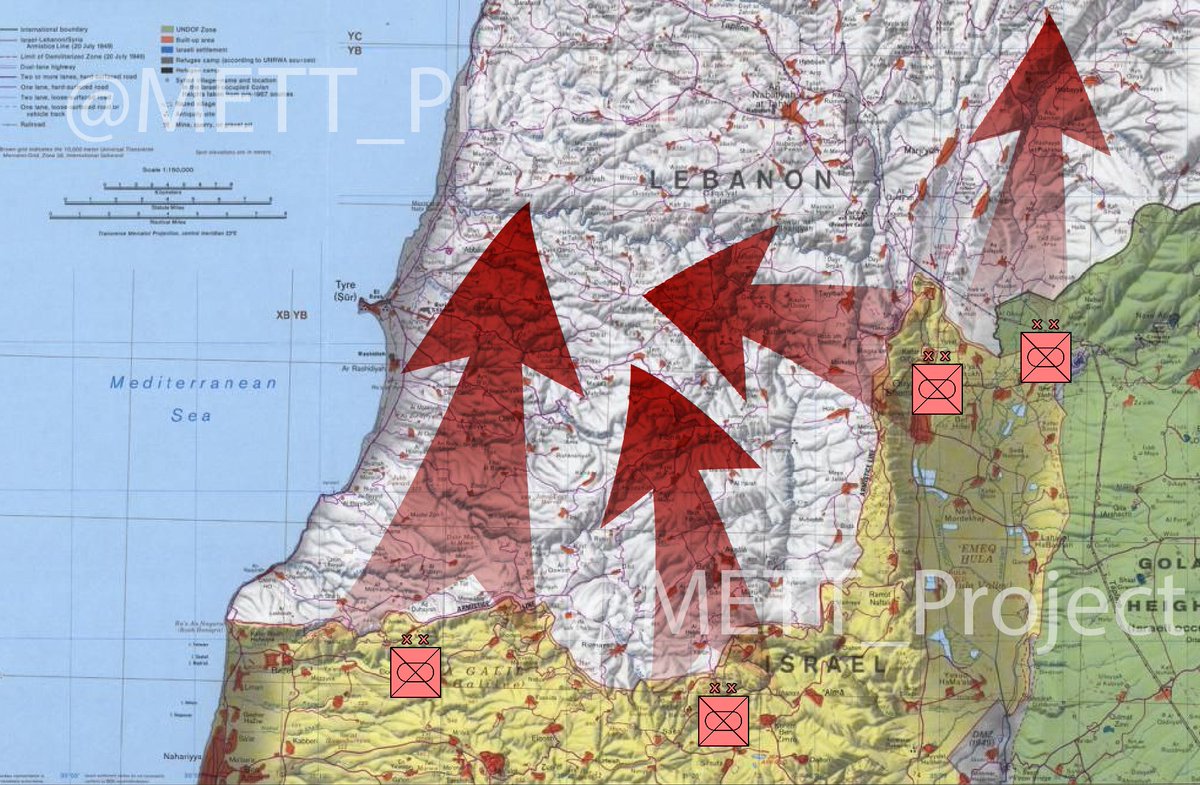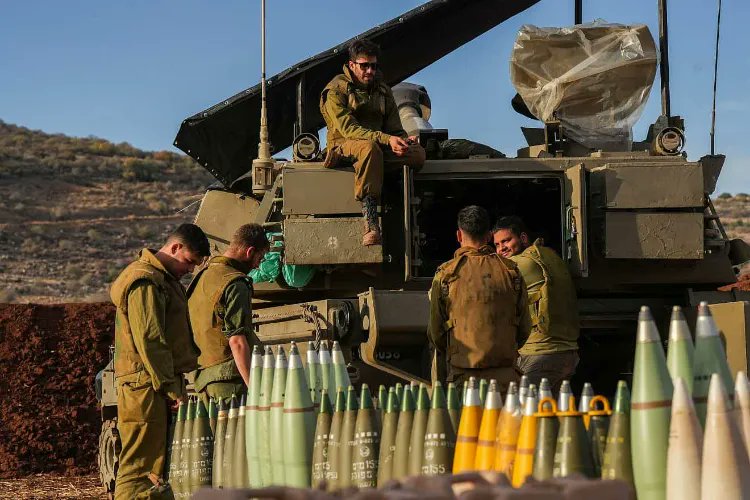🧵
Thread: Trajectory Warfare: How Iran’s Missiles Are Shaping—and Stressing—Israel’s BMD Architecture
Iran isn’t just launching missiles—it’s conducting surgical trajectory warfare.
Thread: Trajectory Warfare: How Iran’s Missiles Are Shaping—and Stressing—Israel’s BMD Architecture
Iran isn’t just launching missiles—it’s conducting surgical trajectory warfare.

1/Using a hardened core arsenal—Qadr, Emad, Kheibar Shekan, Fattah-1, and limited Sejjil-family deployments—Tehran manipulates flight profiles to probe, confuse, and strain Israel’s layered missile defense architecture: Arrow-3, Arrow-2, David’s Sling, SM-3, and rarely, Iron Dome
2/This isn’t theory—it’s happening now. Days of missile exchanges confirm Iran’s aim: not just impact, but architectural fatigue. WSJ reports concerns over low Arrow-3 stocks. CSIS’s Tom Karako: “Neither the US nor the Israelis can continue to sit and intercept missiles all day.”
3/Intercept costs—up to $285M per night—highlight the challenge. Iran’s evolution lies in geometry, not scale. Each missile is a trajectory test, using three core profiles—nominal, lofted, and depressed—to exploit physical gaps, latency zones, and engagement ceilings of the BMD. 

4/ 1️⃣ Nominal Trajectory:
The standard mid-altitude ballistic arc, with apogees of 300–600 km, gives Israel’s BMD favorable conditions: long radar dwell times, clean intercept windows, and predictable pathing.
The standard mid-altitude ballistic arc, with apogees of 300–600 km, gives Israel’s BMD favorable conditions: long radar dwell times, clean intercept windows, and predictable pathing.
5/ Qadr and Emad dominate here, offering legacy pressure and strategic volume. Emad’s MaRV adds terminal unpredictability but stays within Arrow-2 and David’s Sling envelopes. Kheibar Shekan excels—stable, solid-fueled, and maneuverable at terminal speeds.
6/Fattah-1 with Its boosted MaRV and non-ballistic reentry creates radar ambiguity, prompting premature Arrow-3 intercepts, as seen in Day 3 strikes. Nominal profiles anchor the radar picture, consume low-tier interceptors, and desensitize the defense stack
7/ 2️⃣ Lofted Trajectory:
Lofted arcs reach upper exo-atmospheric layers, with apogees of 800 km to over 2,000 km. These prioritize triggering Israel’s priciest interceptors over accuracy.
Lofted arcs reach upper exo-atmospheric layers, with apogees of 800 km to over 2,000 km. These prioritize triggering Israel’s priciest interceptors over accuracy.
8/Wave 4 saw lofted missiles—likely Kheibar Shekan or modified Qadr variants—baiting Arrow-3 and naval SM-3 launches. Fattah-1’s steep reentry and chaotic glide phase reduce interceptor success rates.
9/Qadr and Emad are structurally stressed here, but their presence forces defensive commitment. The effect: inventory depletion and radar saturation, not hits
10/ 3️⃣ Depressed Trajectory:
The most dangerous profile, with apogees of 50–120 km, these shallow, quasi-ballistic arcs evade upper-tier interceptors, compress radar windows, and shrink engagement time.
The most dangerous profile, with apogees of 50–120 km, these shallow, quasi-ballistic arcs evade upper-tier interceptors, compress radar windows, and shrink engagement time.
11/ Wave 5 strikes on Tel Aviv’s metro area used low arcs with minimal radar visibility, forcing Iron Dome (Tamir) use outside its altitude range—evidence of David’s Sling oversaturation.
Kheibar Shekan’s fast boost and terminal dive velocity challenge mid-tier interceptors.
Kheibar Shekan’s fast boost and terminal dive velocity challenge mid-tier interceptors.
12/ Fattah-1 redefines this envelope: its shallow glide entry appears just above the radar horizon, rendering Arrow-3 irrelevant and giving Arrow-2 and Stunner mere seconds. This is timing warfare—missiles hit radar blind zones before layered responses form.
13/ In Conclusion:
Iran’s missile force started to prioritize precision and flight-profile mastery over volume. Brute barrages have become algorithmic warfare—each missile tests unique altitude, arc, and radar return combinations.
Iran’s missile force started to prioritize precision and flight-profile mastery over volume. Brute barrages have become algorithmic warfare—each missile tests unique altitude, arc, and radar return combinations.
14/Emad/Qadr(and similar systems) deliver steady pressure. Kheibar Shekan provides consistent performance across arcs. Fattah-1, with its boosted MaRV and glide, is the ace engineered to exploit the narrowest radar gaps.
15/Western sources agree: Israel’s BMD isn’t failing but is being peeled apart. Interceptor stocks are finite, timelines compressed, and each launch carries disproportionate strategic risk.
16/This isn’t “Iron Dome vs. rockets.” It’s 3D missile warfare—altitude, velocity, and radar shadow physics. Israel’s BMD is robust but brittle. Iran isn’t destroying it—it’s deconstructing it, one trajectory at a time.
• • •
Missing some Tweet in this thread? You can try to
force a refresh

















